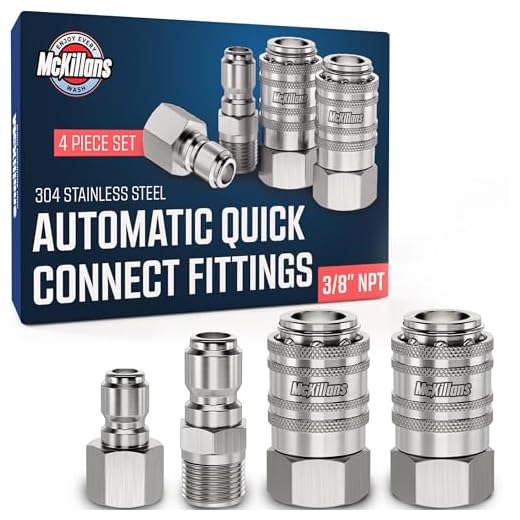



For optimal performance, select O-rings made from Viton or nitrile rubber. These materials resist abrasion, harsh chemicals, and extreme temperatures, ensuring longevity and reliability in various cleaning tasks.
When evaluating durability, focus on the Shore hardness rating. A Shore A hardness of 70 to 90 is typically ideal for maintaining an effective seal while providing flexibility that can withstand repeated bending and motion.
Additionally, consider the specific requirements of your equipment. Temperature ranges of -20°C to +200°C are common for high-quality choices, ensuring that the seals perform effectively in diverse conditions. Always verify compatibility with your unit’s specifications to avoid leaks and ensure seamless operation.
Recommended Choices for O-Ring Compounds
Choose nitrile (NBR) for its outstanding resistance to petroleum-based products and high pressure, making it ideal for many types of cleaners.
For environments with temperatures exceeding 100°C, consider silicone options. They maintain flexibility and resilience at higher temps, ensuring seals remain effective.
EPDM compounds excel in demanding outdoor conditions, providing resilience to ozone and ultraviolet light, perfect for long-lasting use.
Fluoroelastomers represent the premium choice, boasting exceptional chemical resistance and durability, particularly ideal for formulations containing various solvents.
Evaluate the working conditions and substances you’ll use when selecting the appropriate option, as each compound offers unique characteristics that enhance performance and longevity.
Understanding O Ring Types for Pressure Washers
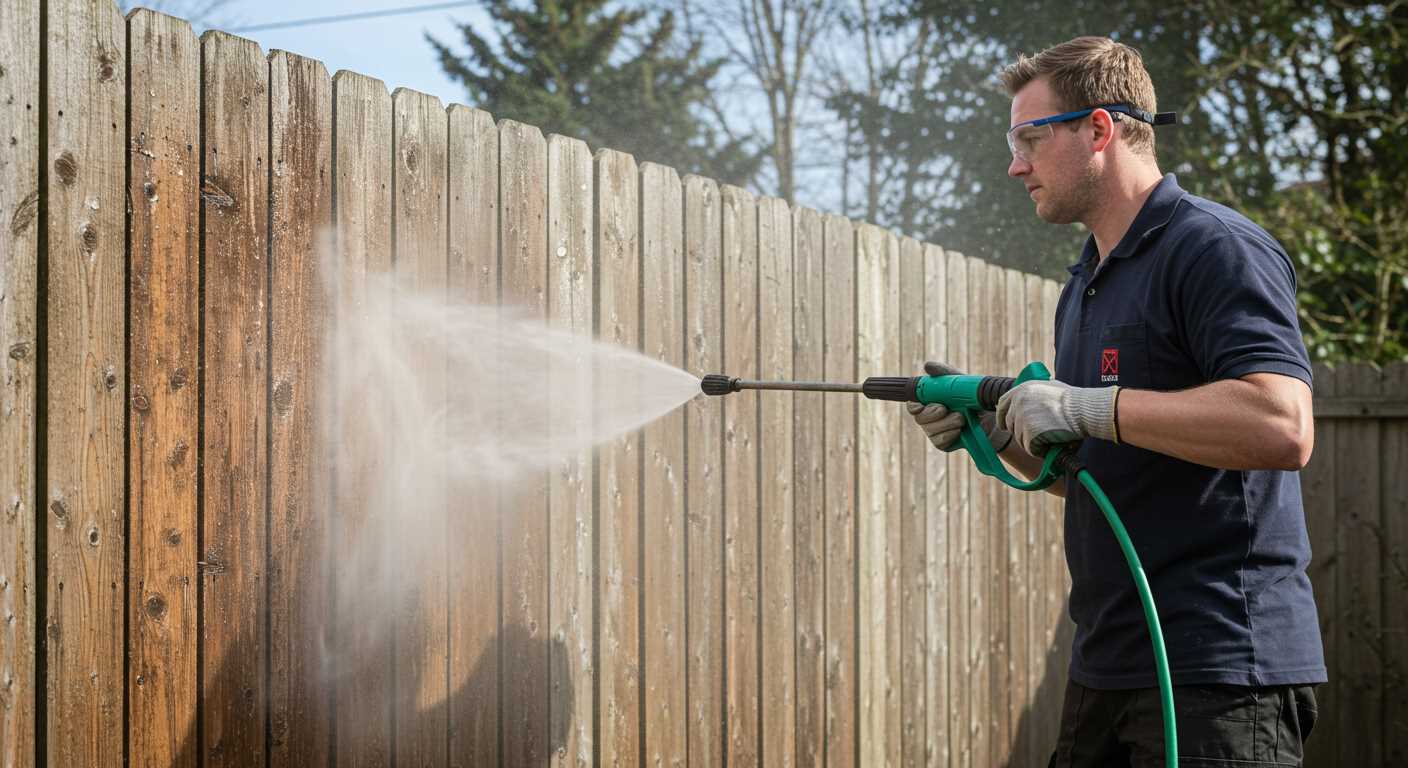
Choosing the right O-ring involves considering various types based on their performance characteristics. Here are the most common options I recommend:
Nitrile (NBR)
Nitrile rubber is resistant to petroleum-based fluids, which is ideal for cleaning agents often used with washers. It functions well within a temperature range of -30°C to 100°C. This material is ideal for general applications due to its robust durability.
EPDM
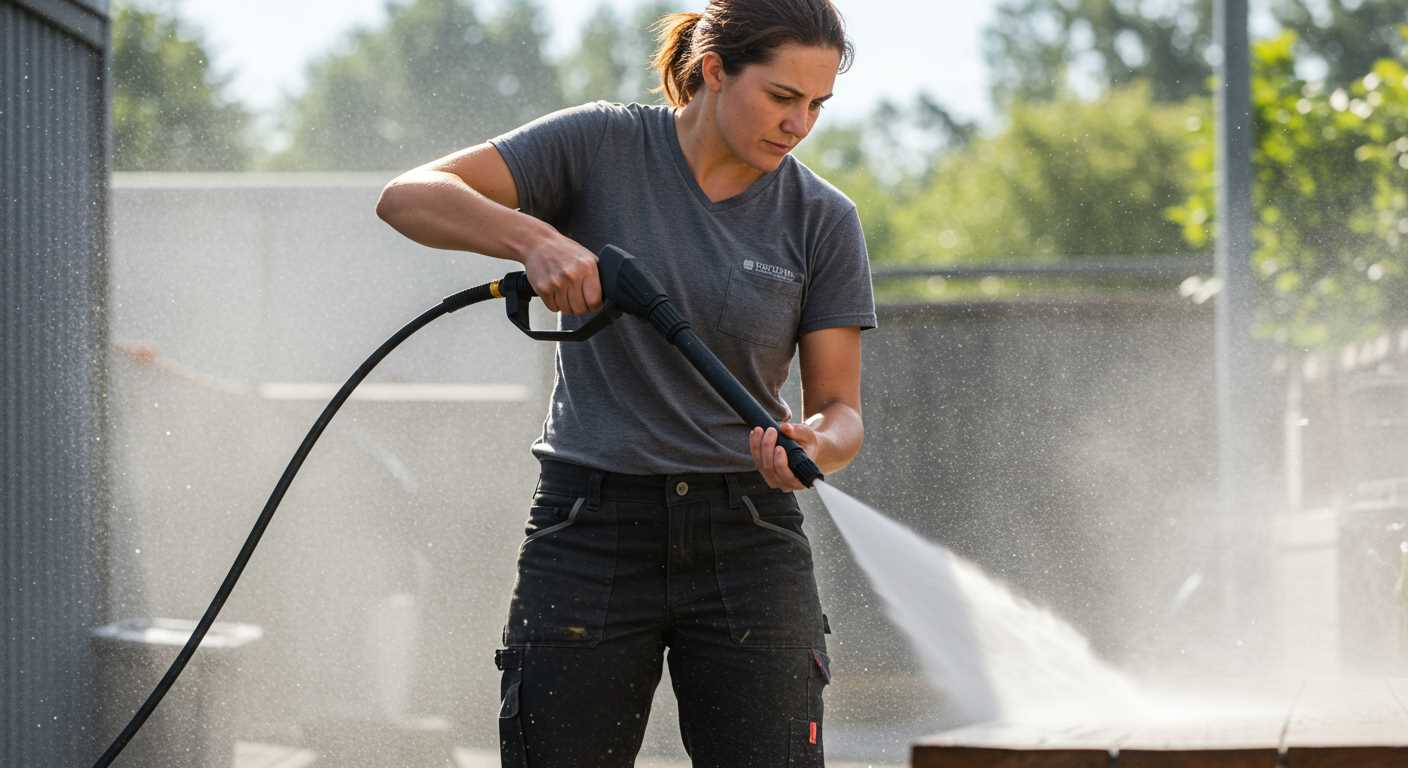
EPDM is excellent for outdoor use, as it resists degradation from ultraviolet (UV) light and ozone. It is suitable for water-based solutions and can withstand temperatures between -40°C and 120°C. This makes it a solid choice when longevity in varying weather conditions is needed.
Viton (FKM)
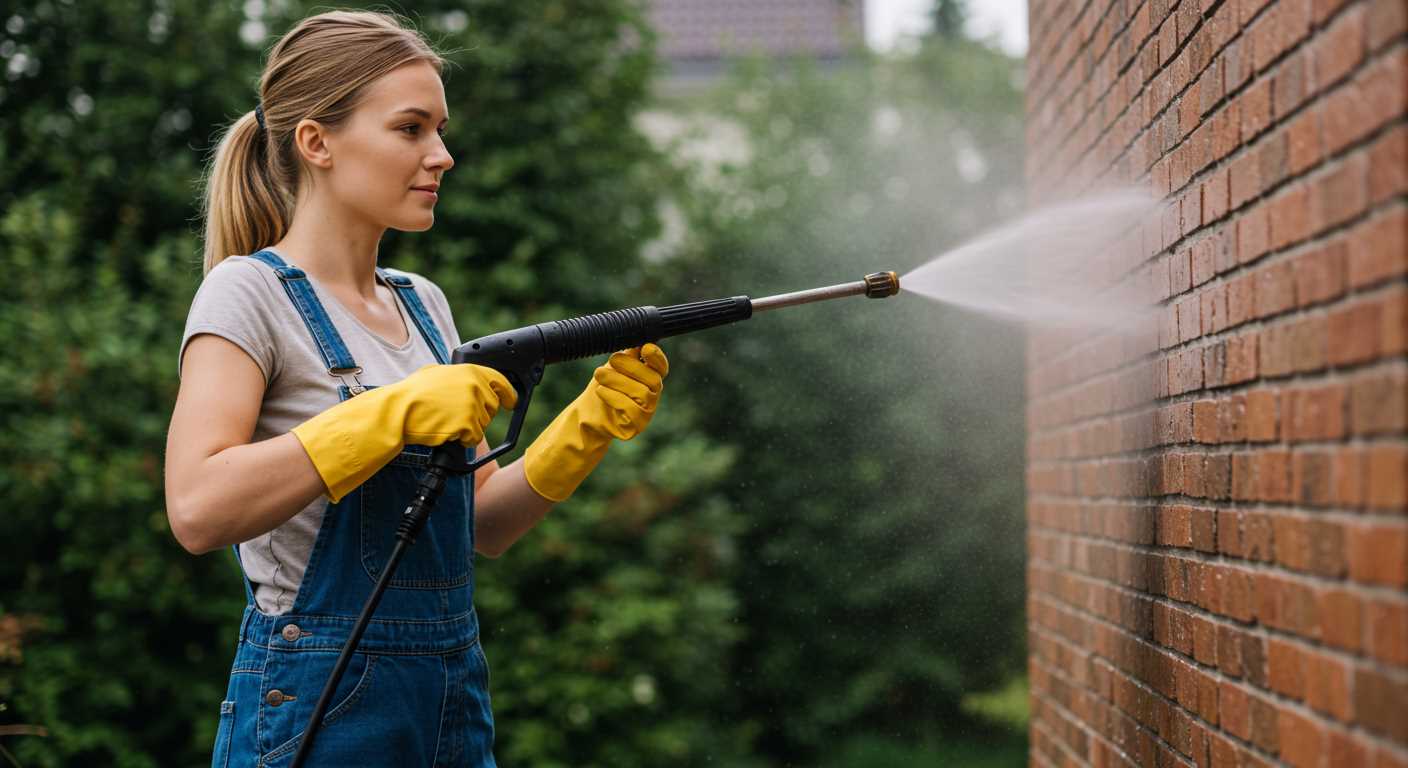
If your application involves harsh chemicals, Viton is worth considering. This fluoropolymer offers superior resistance to corrosive substances and maintains performance in temperatures up to 200°C. While on the pricier side, its longevity can offset initial costs.
Silicone
While silicone O-rings offer excellent temperature resistance, they may not be ideal in all scenarios due to their lower mechanical strength. Best used in cleaner applications where exposure to high temperatures or weather elements occurs but not with petroleum products.
- Compression Set: Check the material’s resilience; Nitrile performs well under compression, whereas silicone may deform.
- Hardness: Measure in durometers; softer compounds provide better sealing but can wear out faster.
- Cost-effectiveness: Evaluate whether the choice balances longevity against replacement costs.
Regularly inspect O-rings for signs of wear or damage. Prompt replacement ensures that your equipment operates efficiently, preventing issues such as leaks or decreased performance.
Evaluating Rubber vs. Polyurethane for O Rings
Choosing between rubber and polyurethane can directly impact the performance and longevity of sealing elements in high-pressure applications. Rubber, traditionally used in various seals, generally excels in flexibility and resistance to abrasion. It can handle temperatures up to 80°C, making it suitable for most cleaning tasks. However, it may deteriorate faster when exposed to harsh chemicals or UV radiation.
Polyurethane presents a compelling alternative with superior resistance to oils, fuels, and solvents. Its durability often surpasses rubber’s lifespan, especially in environments with fluctuating temperatures and exposure to aggressive cleaning agents. This material maintains integrity at temperatures reaching 100°C, which might better suit particular applications.
Performance in Real-World Applications
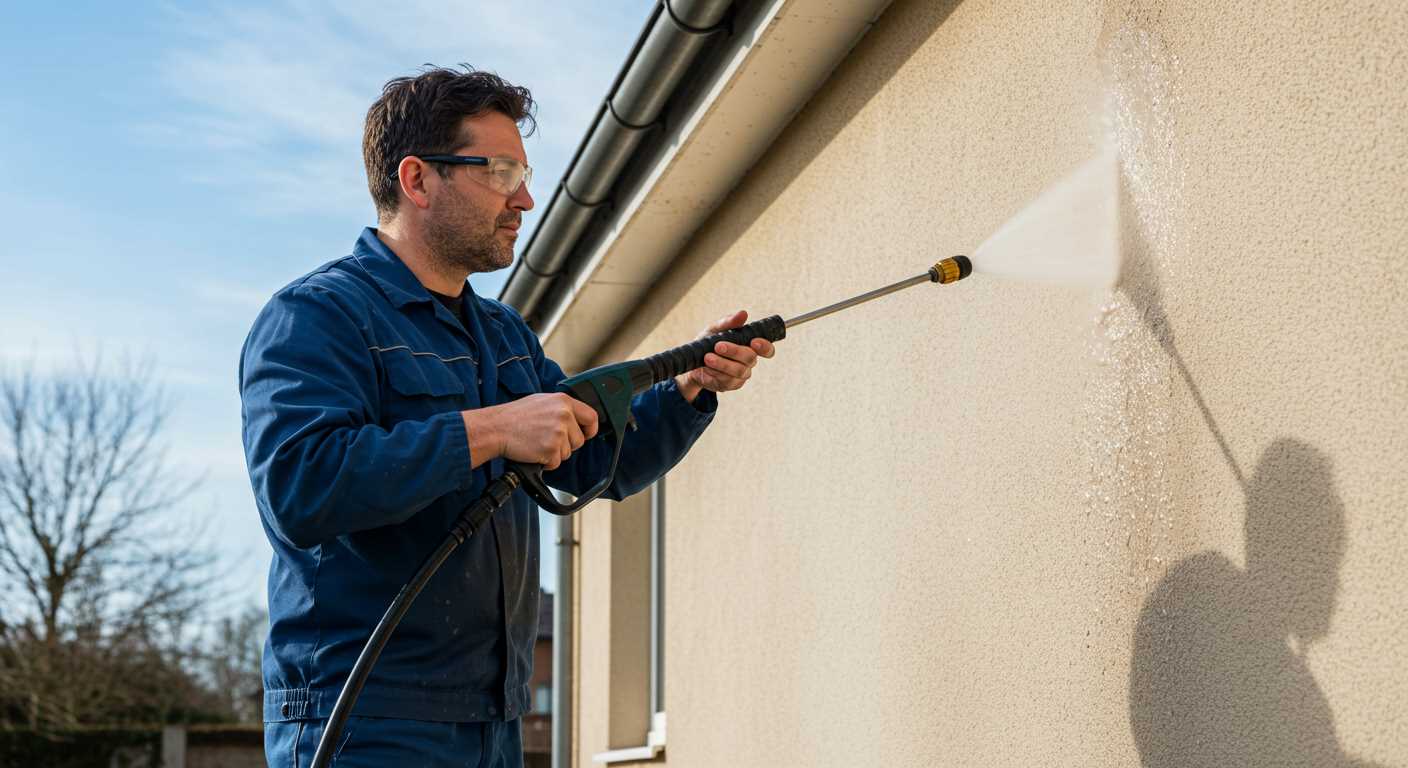
In my experience, the choice often comes down to specific use cases. If you predominantly clean with water-based solutions, rubber may suffice. However, if you frequently utilise chemical additives, polyurethane is a wise investment to prevent premature failure. I recommend conducting a compatibility test with your cleaning agents if you opt for rubber to ensure long service life.
Cost Considerations
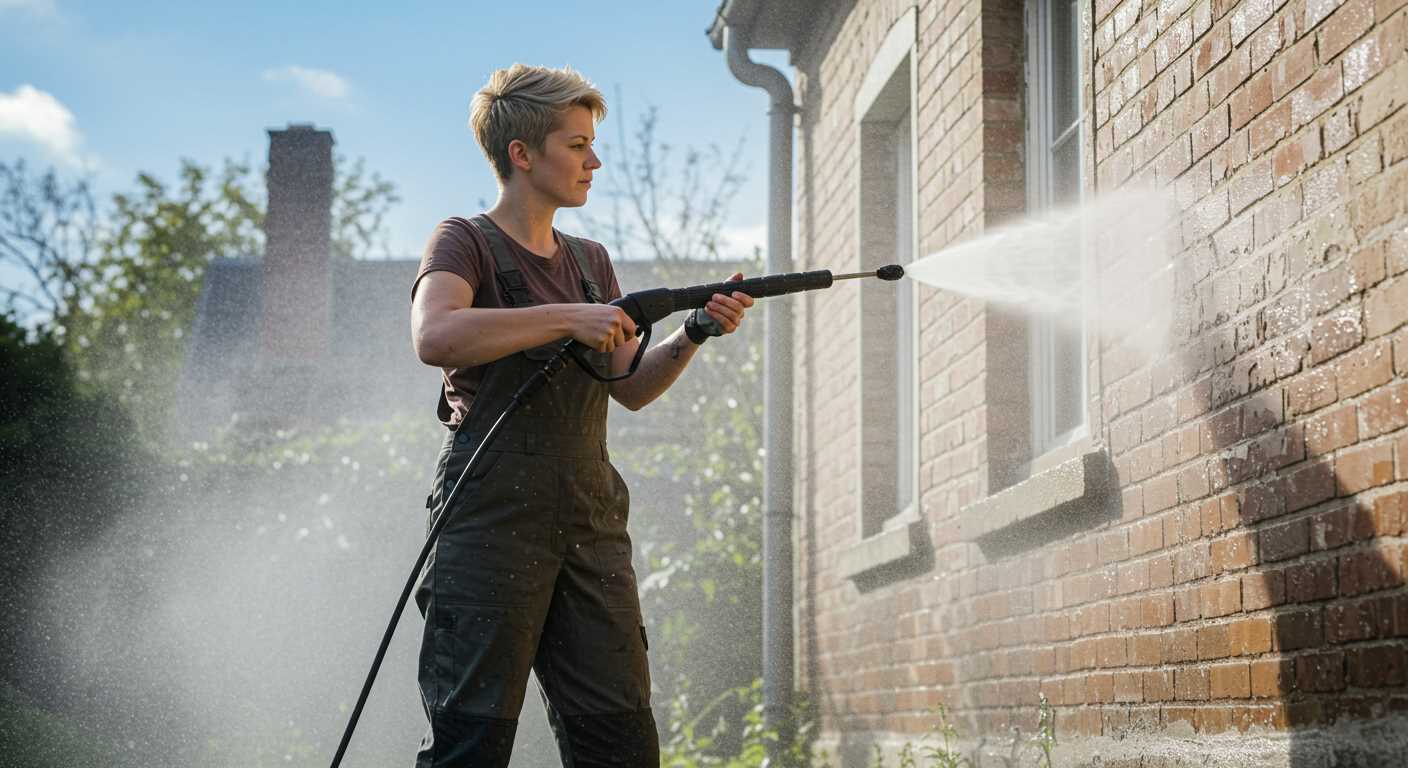
While polyurethane might require a slightly higher initial investment, the extended lifespan often justifies the cost, reducing the frequency of replacements and maintenance downtime. Ultimately, your choice should align with your cleaning frequency, environment, and chemical exposure to ensure optimum performance.
Impact of Temperature Resistance on O Ring Selection
Choosing components that handle varying heat levels is crucial for optimal performance. When it comes to seals, temperature tolerance directly affects longevity and effectiveness. Silicone and EPDM are two excellent choices, offering good flexibility under heat. While silicone can withstand higher temperatures, EPDM generally displays superior resistance to heat degradation. This makes it a preferred choice in hot water applications.
Moreover, the service temperature range should guide your decision. If your equipment operates in environments with extreme heat, consider nitrile rubber, particularly for moderate temperatures. It’s worth noting that extremes can cause premature failure in weaker materials.
Testing in real-world conditions is the best way to ascertain how an O-ring performs under heat stress. Tracking performance over time can reveal wear patterns, allowing adjustments to ensure seals endure harsh applications. Ultimately, having the right thermal resistance can significantly reduce replacement frequency and maintenance costs, enhancing overall reliability.
Assessing Chemical Compatibility of O Ring Materials
Identifying the right option for sealing components requires evaluating the interaction between substances used and potential contaminants. Each sealing compound exhibits specific resistance levels, which directly impacts their longevity and performance.
Here are critical points to consider when assessing compatibility:
- Types of Chemicals: Understand the specific fluids and cleaning agents involved. For example, certain solvents may degrade rubber-based compounds but remain inert towards fluorocarbon elastomers.
- Concentration Levels: Concentration can influence the attack on sealing materials. Even a little exposure to strong acids or bases can lead to premature failure.
- Temperature Influence: Elevated temperatures may enhance reaction rates, escalating degradation. Therefore, consider both ambient and operational temperatures.
- Environmental Conditions: Conditions like humidity, UV exposure, and oxygen levels further accelerate degradation processes in some materials.
- Testing Options: Lab tests simulating actual service conditions often provide definitive compatibility data. Standard tests include ASTM D-471, which involves soaking samples in various fluids.
Prioritising compatibility ensures both sealing efficiency and durability. Always consult compatibility charts provided by manufacturers to inform your choice appropriately.
In my decade-long experience in this industry, observing failures due to chemical incompatibility remains a frequent issue. Strongly consider all the relevant factors when choosing sealing solutions to enhance performance and reliability.
How to Measure O Ring Size Correctly
Start with a calliper or ruler to measure the cross-section diameter, ensuring it’s taken at the thickest part of the gasket. For accuracy, this should be done in millimetres.
Next, measure the inner diameter of the seal, again using a calliper for precision. Wrap the measuring tool around the inner edge and note the distance.
Calculate the outer diameter by adding twice the thickness of the cross-section to the inner diameter measurement.
Measurement Guidelines
.jpg)
Below is a straightforward table outlining the measurement approach:
| Measurement Type | Tools Needed | Procedure |
|---|---|---|
| Cross-Section Diameter | Calliper or Ruler | Measure the thickness at the widest point |
| Inner Diameter | Calliper | Wrap around the inner edge and read the measurement |
| Outer Diameter | Calculator | Calculate: Inner Diameter + (2 x Cross-Section Diameter) |
This method guarantees accurate sizing, crucial for achieving a proper fit and optimal performance in your cleaning apparatus. Always verify dimensions before making any purchases to prevent compatibility issues.
Common Issues with O Rings in Pressure Washers
Frequent leaks are a primary concern I encounter with seals in cleaning devices. This often stems from improper installation, leading to compression issues and inadequate sealing. Regular inspection of these components is vital; any obvious wear or distortion should prompt immediate replacement to maintain functionality.
Another common problem involves chemical degradation. Certain cleaning agents can cause erosion or swelling in rubber parts, compromising their integrity. Always refer to the compatibility charts provided by manufacturers to prevent premature failure due to aggressive solutions.
Loss of pressure is often attributed to a damaged seal. This loss can result directly from age-related wear, evident cracking or brittleness. It’s crucial to check regularly for signs of deterioration to ensure peak performance of the equipment.
Heat exposure can exacerbate problems. Operating in high-temperature conditions can lead to material breakdown. Selecting seals designed to withstand elevated temperatures can mitigate risks, extending the life of your equipment.
Installation errors frequently lead to issues. Misalignment during assembly can create undue stress on these components, leading to failure. It’s advisable to follow manufacturer guidelines meticulously during installation to ensure a proper fit.
Finally, contamination is a significant factor. Dirt and debris infiltrating the environment can cause abrasions and blockages. Regular maintenance and thorough cleaning of all components can help preempt these common pitfalls.
Best Practices for O Ring Maintenance and Replacement
Regular inspection is key; examine seals for signs of wear and tear. Look for cracks, flattening, or discoloration. Replace all compromised components immediately to avoid leaks or equipment damage.
When replacing seals, ensure a proper fit by measuring accurately. Use a calliper or a specialised measuring tool to obtain exact dimensions, considering both inner and outer diameters.
Lubrication is essential. Apply a compatible lubricant during installation to reduce friction and wear. This practice extends the lifespan of seals and ensures better performance.
| Action | Frequency | Notes |
|---|---|---|
| Inspect Seals | Monthly | Check for cracks and wear. |
| Measure Seals | As Needed | Ensure accurate dimensions before replacement. |
| Lubricate | Before Installation | Use suitable lubricants for longer life. |
| Replace | As Needed | Do not delay replacement if damaged. |
Store replacements in a cool, dry place away from direct sunlight. Excessive heat and light can degrade the integrity of seals.
Be cautious when using cleaning agents; some chemicals can break down the composition of certain seals. Always check compatibility before exposure.
Lastly, follow manufacturer guidelines for specific maintenance practices suited to your equipment. Adhering to these recommendations reduces unexpected failures and prolongs the lifespan of your equipment.


